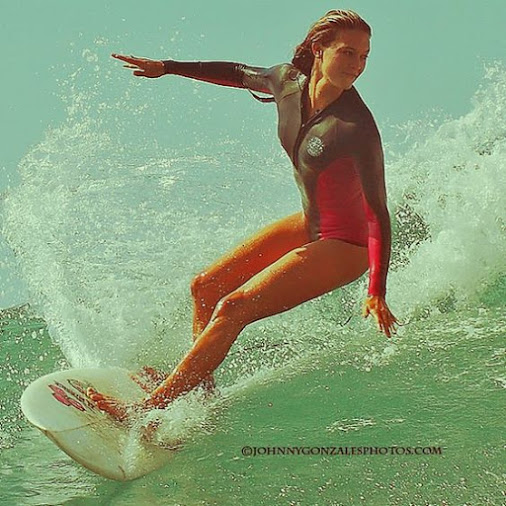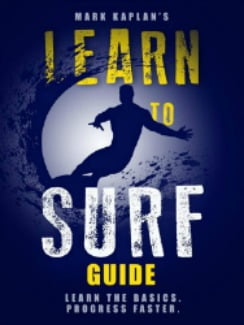Surfing the Short Board
Surfing the shortboard is culmination of learning fundamentals and advancing to master them. Beginners start with high volume soft tops as they learn to ride foam waves. Then they progress to paddling out to larger foam and then real waves.
The progressing surfer notices that three things begin to change as the boards get shorter. Shorter can also mean lower volume by reducing thickness and width. Paddling is more difficult as the boards now sink lower in the water. Catching waves requires better timing. Riding the boards is less stable.

Short Board Surfing Techniques
Catching the wave is the start. Surfers note where the wave is breaking and get in position to intersect the wave as it arcs. The line up is an indication of where the waves are breaking. Surfers learn to honor taking turns. The surfer closest to the apex where the wave first foams has the right of way.
At the Oceanside Pier, the best surfers get close to the Pier to get the best waves. Surfers with less experience should move a break or two away from the advanced surfers to get more chances at waves. Paddling as a wave starts to form is an indication to other surfers that you want the wave.
The surfer allows the wave to come under the board and arc over the board before paddling. Then three good paddles should get the surfer moving down the face to pop up. A surfer can ride down the face or turn the board towards the pocket before popping up to get into the pocket quicker.
Catching corners is a good practice on steep waves or for newer surfers. After the wave peaks at the apex it will begin to roll in one direction or the other. As it rolls, the surfer paddles at a 45 degree angle toward the beach and lets the wave come under the board. At this point, the wave is not so steep and easier to catch.
The short board surfer learns the bottom turn, accelerating, and the cut back. The bottom turn is a maneuver to go from riding down the face to carving into the pocket. Accelerating is pushing the nose of the board up and down the face to gain speed. The cut back allows the surfer to return to the foam coming over the lip where the power is. Cut backs are also good for stalling while waiting for the wave and style.
There are lots of YouTube videos for each of these maneuvers. It is good to know what they are so that you can watch surfers and recognize what they are doing and then practice the same. You learn from watching video, reading, observing other surfers, and practicing to improve a little each day.
It is good to have in mind something to practice when you go out for each session. After learning bottom turns, accelerating, and cut backs, most surfers then work on ripping the lip.
Have fun.
Learn More
My New Surfing Course in an E-Book plus Demo Video or Audio Version
Get the 18 Chapter, 7,500 word Course that can prepare you for a lesson or give you the fundamentals if you are going to try it on your own. 10 years of teaching 350 students a year has given me the insights on the most precise measures you must follow for success. This course is what I teach on the dry land and in water instruction. The Course includes a 15 minute video on my dry land and in water demonstration. Only $4.95
Buy the E-Book and start learning $2.99. Learn to Surf
Buy the Paperback on Amazon $7.95
Get Learn to Surf Course in 29 minute AUDIO. Great prep for a lesson, reviewing after a lesson, learning on your own, refreshing after not having surfed for a while. See Table of Contents. Only $7.95.

For Oceanside Surf Lessons, see the Home Page
See the Post Search Lessons Teach Fundamentals
See the Post Catching Real Surf Waves
See my Dry Land and in Water Demo video
See my other Surf site for more Posts
I have lowered the price of Courses and Books for the lock down price of $2.99
80 page Learn to Surf Book
![Surf Instructions Beginner to Advanced: Learn to Ride Waves by [Kaplan, Mark]](https://images-na.ssl-images-amazon.com/images/I/51HswFtoBQL.jpg)